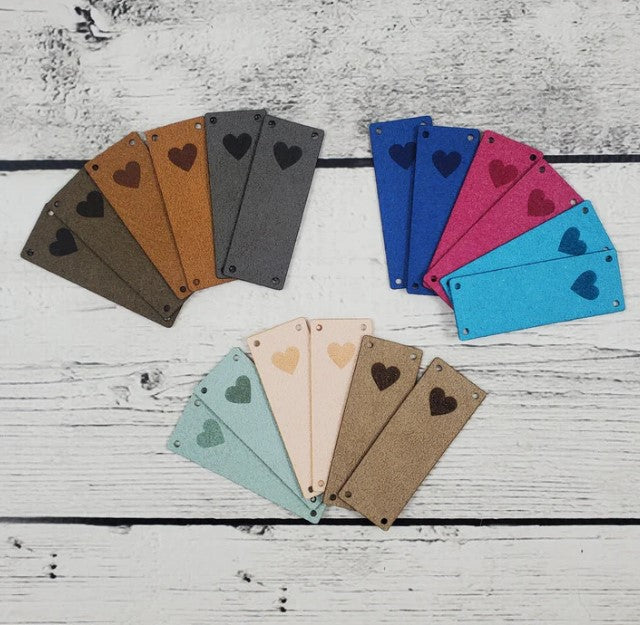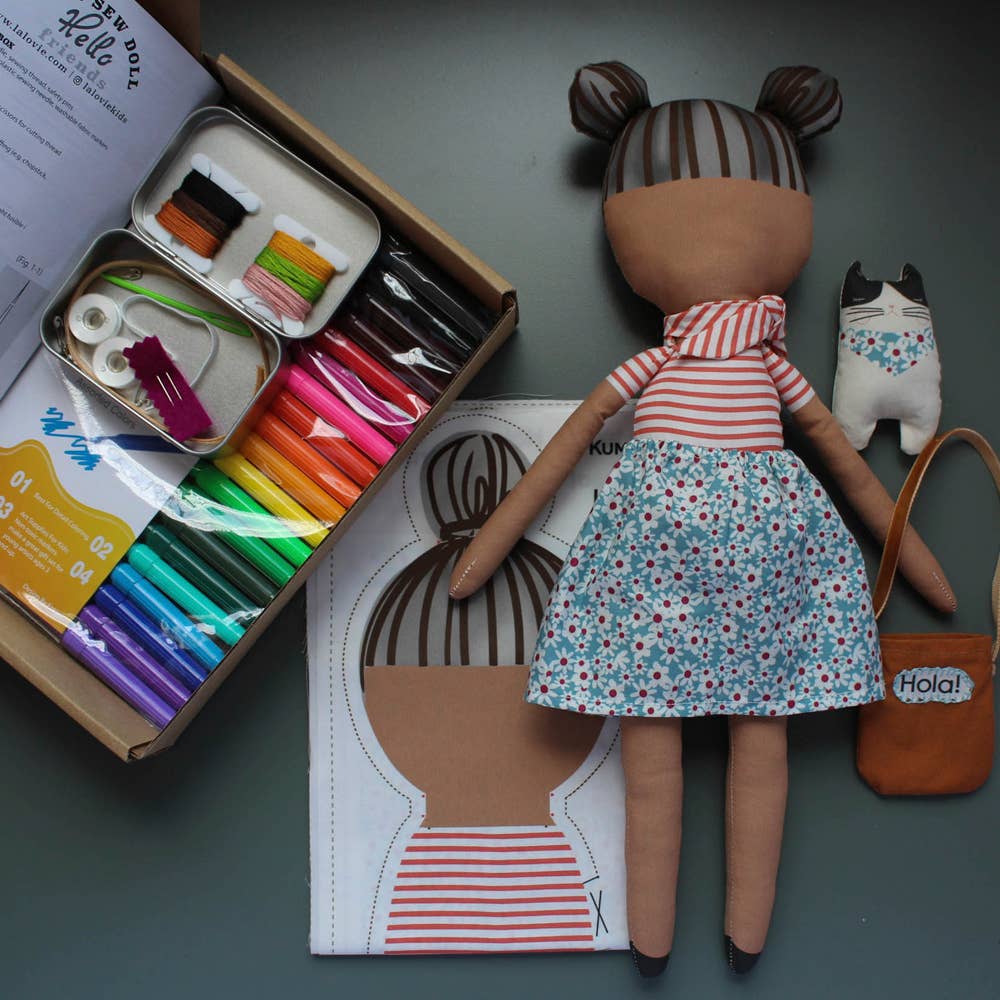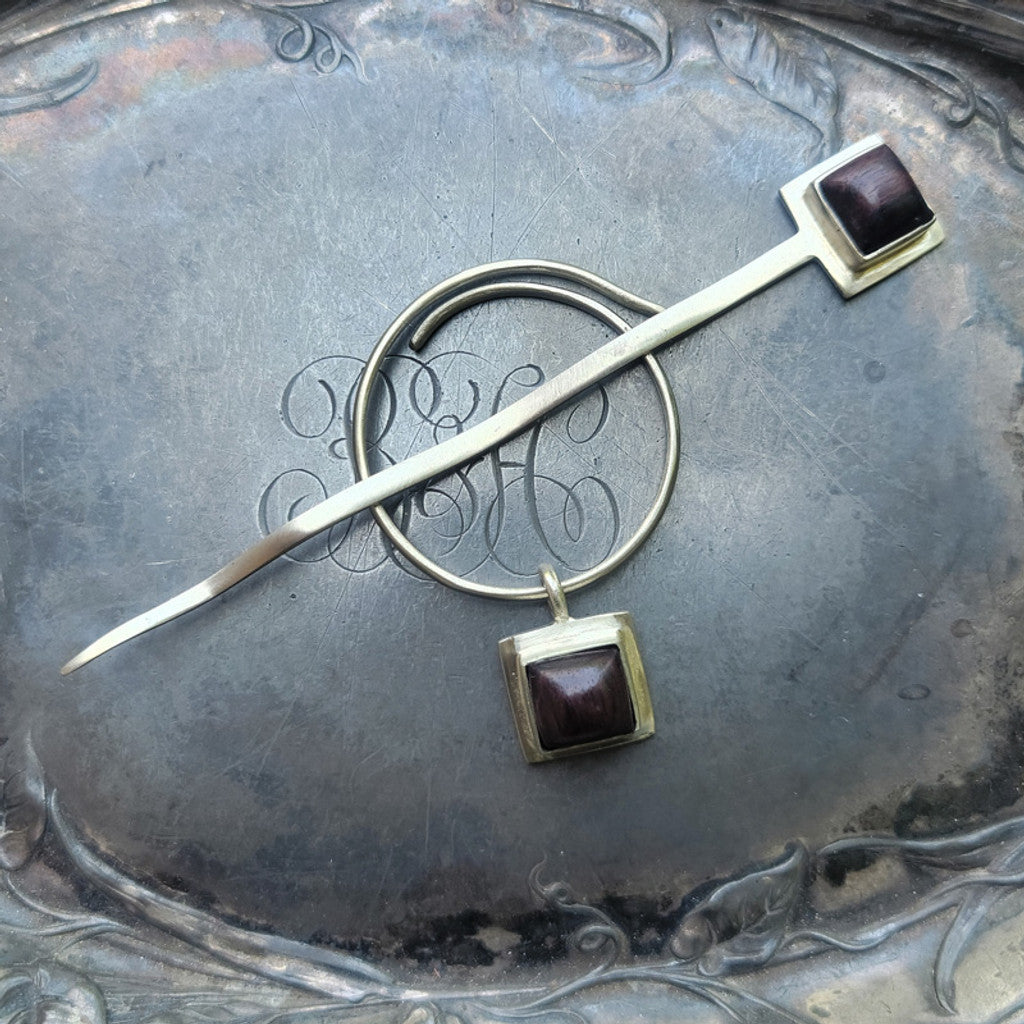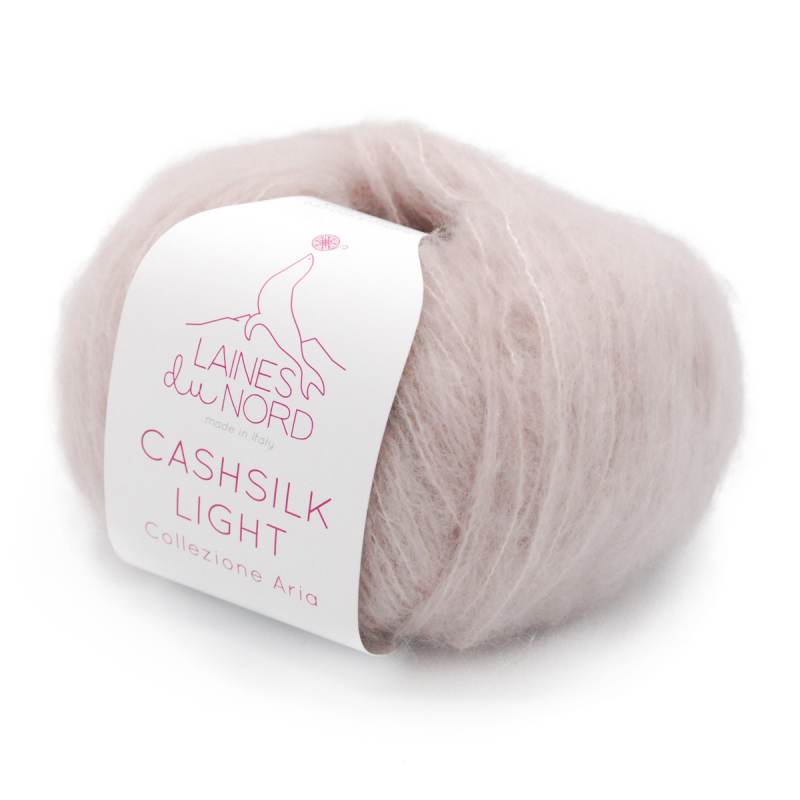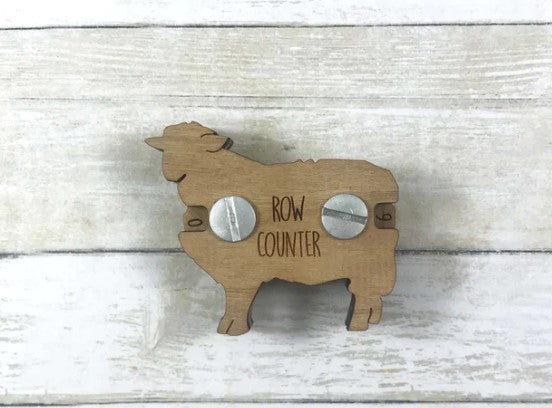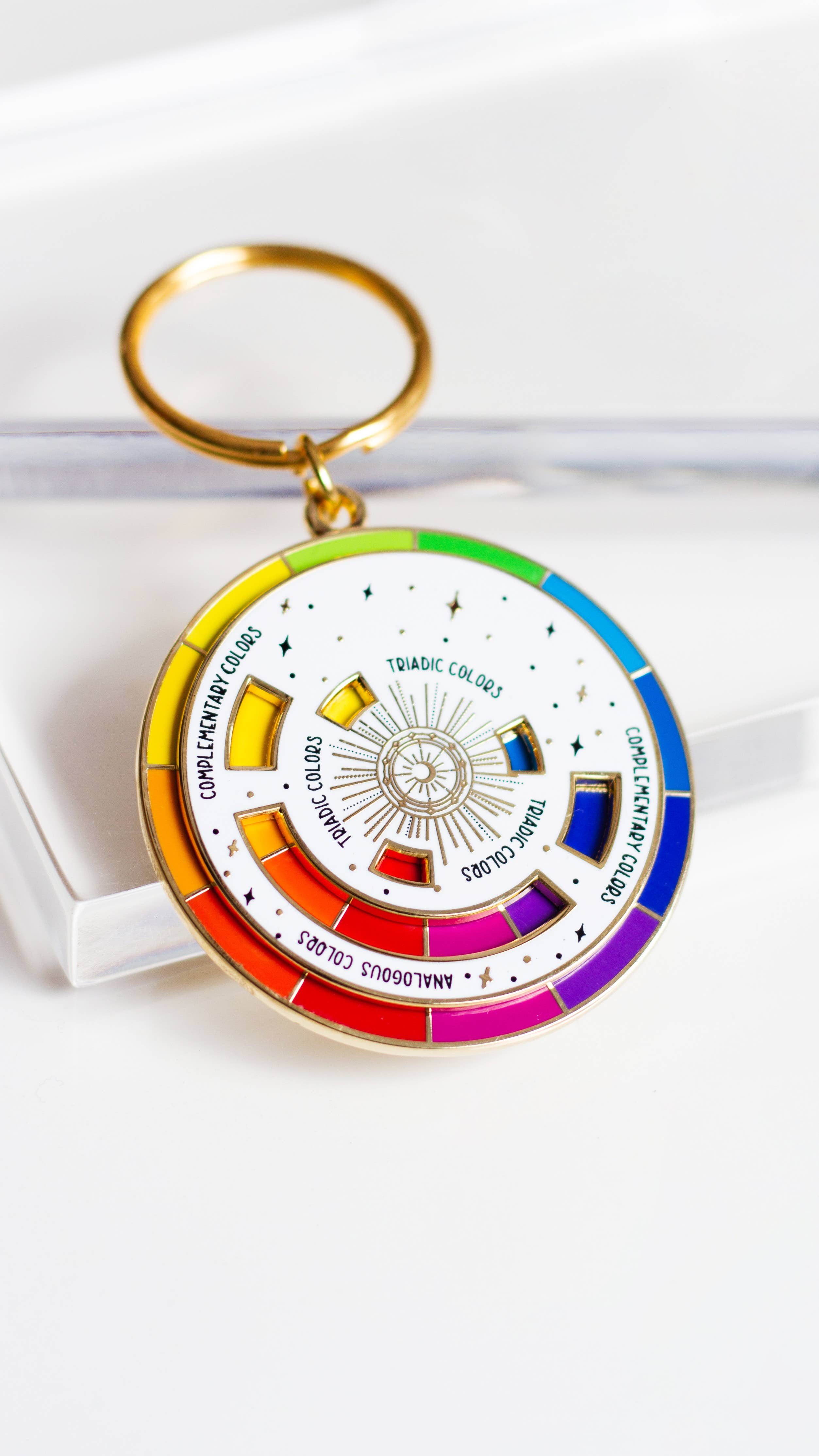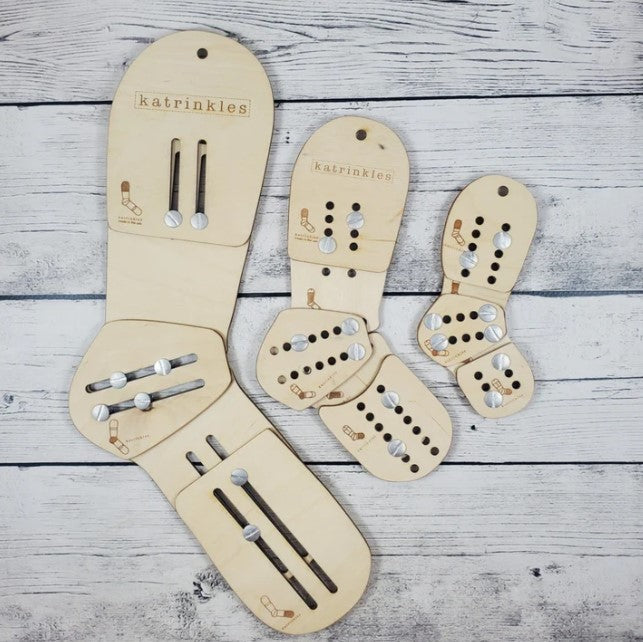Craft Trends
With the new year upon us, many crafters are looking to the past for crafting inspiration. Upcycling and sustainability dominated 2018, and crafters are finding new ways to combine eco-friendly supplies and techniques with ancient crafts that have stood the test of time.
From the burial customs of ancient Egyptians to Grandma’s favorite Sunday pastime, let’s take a look at the ancient and old-fashioned craft trends that are making a comeback in 2019.
Needle Felting
Needle felting, a craft that uses a sharp needle to turn wool roving into three-dimensional objects, has exploded in the craft scene. Suitable for both beginners and advanced crafters, needle felting can be used to make anything from simple shapes to highly detailed animal figures.
It’s also fairly simple and inexpensive to start. All you need is wool roving, a felting needle and a felting surface, which is used to protect yourself from being poked with the needle.
Felt Sewing
Sewing has been a pastime of many for a while, but crafters have recently begun to explore the many possibilities for felt sewing. Felt is inexpensive, comes in a variety of colors and works well for hand-sewing projects, making it a great choice for plush toys and costuming.
Other than the type of projects you can make and the needle weight, sewing with felt is not unlike sewing with fabric.
Locker Hooking
Locker hooking is a type of rug-making technique that uses a locker hook and backing fabric to create a rug from strips of fabric. Hooked rugs were first seen as far back as the early 1800s, beginning as a craft of poverty to recycle whatever materials were available.
Now, locker hooking is recognized as a strong, durable and versatile form of rug making that mixes both art and craft for a distinctive design. Because of the craftsmanship involved and the uniqueness of the design, many crafters have become interested in locker hooking to create their own home décor.
Latch Hooking
Latch hooking is a type of rug-making technique that differs from both traditional rug hooking and locker hooking in that it involves tying a knot of fabric to the canvas backing. Like locker hooking, latch hooking dates back to the 1800s and is quite versatile in its design options.
Latch hooking became popular following the second World War, since convalescing soldiers and hospital patients could enjoy the hobby from a bed. Though the hobby of latch hooking decreased with the availability of inexpensive rugs and less leisure time, it’s experienced a revival in recent years.
Die Cutting
Though it originated in the mid-19th century as a way to cut leather for shoe manufacturing, die cutting has become sophisticated enough to be used for a variety of craft projects. Popular cutting plotters, such as Cricut and Silhouette machines, are connected to specialized software to direct the cutting knife to produce precise, polished paper and vinyl designs. Because these machines use premade designs, they can also reproduce virtually limitless copies of the same design, which is impossible to do by hand.
The most popular craft projects using cutting plotters include scrapbooking, cardmaking and vinyl cutting.
Stenciling
Stenciling may be a craft you remember from grade school, but it’s become one of the hottest craft trends for the new year as crafters realize all its possibilities. Whether stencils are purchased, hand cut or created by a cutting plotter, stenciling offers a personal touch to any craft project.
Stencils are a pattern that’s used to create a design on a surface. Stencils are often used to paint designs on walls or wooden projects to add personality and interest to home décor, as well as to add designs to quilt or sewing projects. Craft paints, glass paints and fabric paints can be used to stencil walls, paper, canvas, fabric and just about anything else you can think of.
Heat-Transfer Vinyl
Using heat-transfer vinyl is a great way to personalize gifts for friends, and as more people become interested in handmade gifts, more crafters are turning toward heat-transfer vinyl. Heat-transfer vinyl can be used with a cutting plotter to make custom designs for clothing, notebooks, shoes, tote bags, wood and plenty of other projects.
Once the design is created, whether by hand or with a machine, heat from an iron or heat press is used to transfer the design onto the project permanently. In addition to the limitless design options, heat-transfer vinyl is also available in a variety of colors and patterns to personalize the design even further.
Macramé
If you ever made a friendship bracelet in grade school, you’re already familiar with macramé. Originating in the 13th century, macramé is a type of textile production that uses knotting, instead of weaving or knitting, to create ornamental designs. It was a popular pastime for sailors, who would use macramé to create elaborate knotted designs to cover bottles, knife handles and other personal effects at sea. Macramé used to be popular for décor in Victorian homes, as well.
Macramé regained popularity in the 1970s, when it was used to create clothing, tablecloths, draperies and wall hangings before fading once again. Crafters have recently discovered the many possibilities for macramé, however, which can be made from linen, hemp, jute, leather, cotton or yarn and offers limitless options for colors, patterns and décor options. Many crafters incorporate gemstones, beads, pendants, shells or other adornments into their designs as well.
Yarn Painting
Mexican yarn paintings, known as nierika, began as a sacred ritual of the Huichol and the other indigenous peoples of Mexico, but it quickly gained popularity in the 50s and 60s as a means to share their stories and histories. These paintings are created by spreading beeswax on a board and pressing brightly colored yarn into the wax, forming an artistic design.
Though the sacred yarn paintings of the Huichol feature simple and boldly colored designs, many crafters have realized the possible variations and applications for home décor. It’s also a great way to make use of scrap yarn from other knitting or crochet projects.
Block Printing
Block printing is one of the oldest types of printmaking and has been around for thousands of years. The earliest evidence of block printing dates back to the fifth century, B.C., and spans the entire globe.
Regardless of the specific techniques, which have evolved over the years, block printing is a craft that uses a carved material covered with ink or paint to transfer an image onto fabric or paper. Though the designs can be intricately carved, block printing has a textured and imperfect look that appeals to many crafters, along with being simple to learn and start.
Papier-Mache
Papier-mache has a long history in the craft world. From ancient Egyptian death masks with papyrus and plaster, to the ornamental handicraft market in Kashmir, papier-mache is a craft that endured for thousands of years.
Though we may only recognize papier-mache as a mask-making craft from elementary school, it has many uses in the modern world. It’s also highly prized for crafting, thanks to its low cost and ease of construction, leading many crafters to try their hand at papier-machine sculpting.
Basket Weaving
Basket weaving is an ancient craft that arose from necessity. Weavers used naturally grown materials and simple tools, which were all that was available at the time, and that traditional has stayed until modern day.
With more and more crafters moving toward handmade and personalized décor and gifts, basket weaving is becoming more popular. Basket weaving is not only a useful hobby, but it can also be used to add charm and a personal touch to your home.
Sari Weaving
Sari silk is a single yarn spun from the remnants of the silk fibers used to make saris. This textile craft arose from the production of handloom saris, which are important for economic development in rural India. Weaving a sari is a complex and time-consuming process, often taking days to complete, and different regions have their own unique traditions around sari weaving.
In India, over six million people know sari weaving, but the craft is catching attention across the world. Though the traditions are different, crafters are finding a way to bring the beauty of ancient sari weaving into modern projects, such as bags, rugs and clothing.
Get Inspired with Eco-Friendly Crafts
With this resurgence of the old favorites, beginner and experienced crafters alike have plenty of options to choose from for a 2019 hobby. On top of that, the popularity of these ancient traditions and pastimes ensures that these skills won’t be lost to history. So, no matter what old-fashioned craft you decide try, take pride in the fact that you’re challenging your creativity and preserving a skill to teach to future generations.
If you need to stock up on your eco-conscious supplies for your sari weaving, needle felting or any other new trend, Eco-Friendly Crafts has you covered. Shop our entire collection of eco-friendly craft supplies and stock up for a creative new year!
What craft trend will you be trying? Tag us on Instagram @ecofriendlycrafting and let us know!
- Choosing a selection results in a full page refresh.
